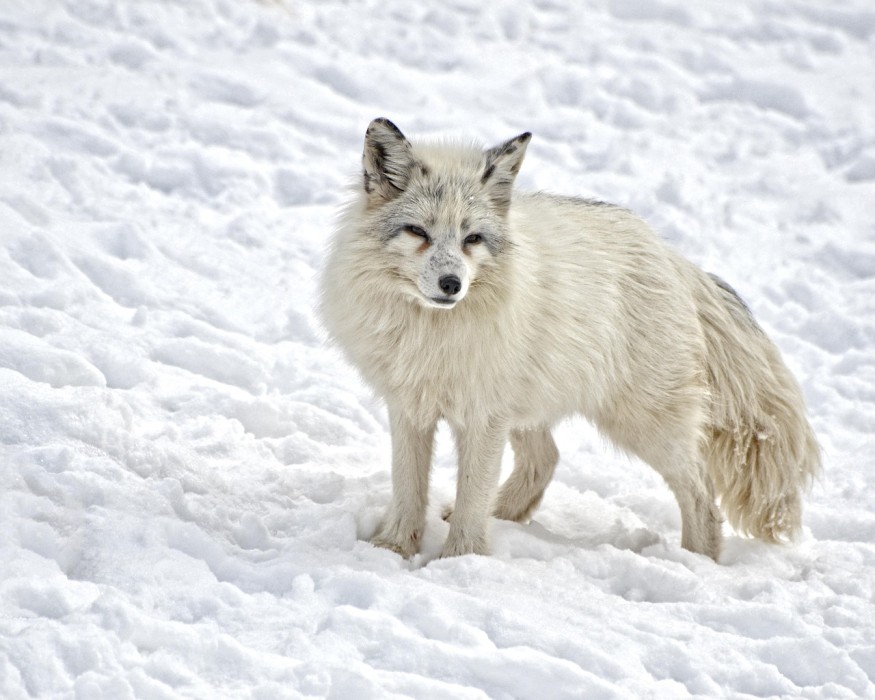Arctic animals such as polar bears and foxes are some of the living organisms that have adapted to the harsh, cold environments of Earth's Northern Hemisphere. In the Arctic Circle, which consists of the Arctic Ocean, some parts of northern Canada, Finland, Iceland, Norway, Russia, and Greenland are host to these animals that have thrived, foraged, mated, and survived for many years in the icy region.
For a part or the majority of their lives, the Arctic animal inhabitants have relied on icy structures such as glaciers and ice sheets to seek shelter or even hunt their prey in the frigid waters of the continent. However, scientists have blamed human-induced climate change and global warming to be responsible for the melting of ice in the Arctic, affecting animals and even their habitats.
In this context, previous studies have shown that some Arctic animals are forced to migrate out of their original habitats due to climate change. In this article, Nature World News explores the animals that have either stayed or migrated in the Arctic amid global warming.
Arctic Animals Under Threat

In November 2020, NASA reported that the movement patterns of Arctic animals are shifting in distinct ways due to the ongoing climate crisis. The findings were based on a study published in the journal Science funded by the said U.S. space agency. In the said research, scientists said human activities are causing a rapid alteration in the natural world, highlighting that the Arctic is entering a new ecological state.
For instance, polar bears are restricted from their hunting grounds due to sea ice loss. These large mammals rely on sea ice not only when they hunt but also for mating, resting, and traveling. Now, the loss of these frozen structures also changes their daily lives.
Meanwhile, land-based Arctic foxes are also threatened by the melting ice since it prevents them accessing their marine prey. This is according to the organization Arctic Focus, which predicted that the continuance of Arctic warming will create serious food shortage for the Arctic fox.
Sea Ice Loss
According to the World Wildlife Fund, the bears' sea ice habitats recede earlier during the spring and forms later in the fall, forcing the animals to increasingly spend their time longer on land, where they are susceptible to risks due to potential encounters with humans. In 2015, scientists recorded the migration of some polar bears to the Canadian Arctic mainland to seek long-lasting ice.
Aside from polar bears and foxes, other Arctic animals, as listed below, can still be found in the region:
- Walrus
- Lemming
- Musk ox
- Arctic tern
- Wolverine
- Narwhal
- Greenland shark
- Snowy owl
The migration of Arctic animals is not only a matter of ecological shift but also concerns us since such movement also increases human-wildlife conflict and even makes the animals vulnerable to hunting and life-threatening risks as they get closer to densely populated human areas.
Related Article : 7 Hybrid Animals Born of Climate Change and Their Adaptive Traits
© 2025 NatureWorldNews.com All rights reserved. Do not reproduce without permission.





